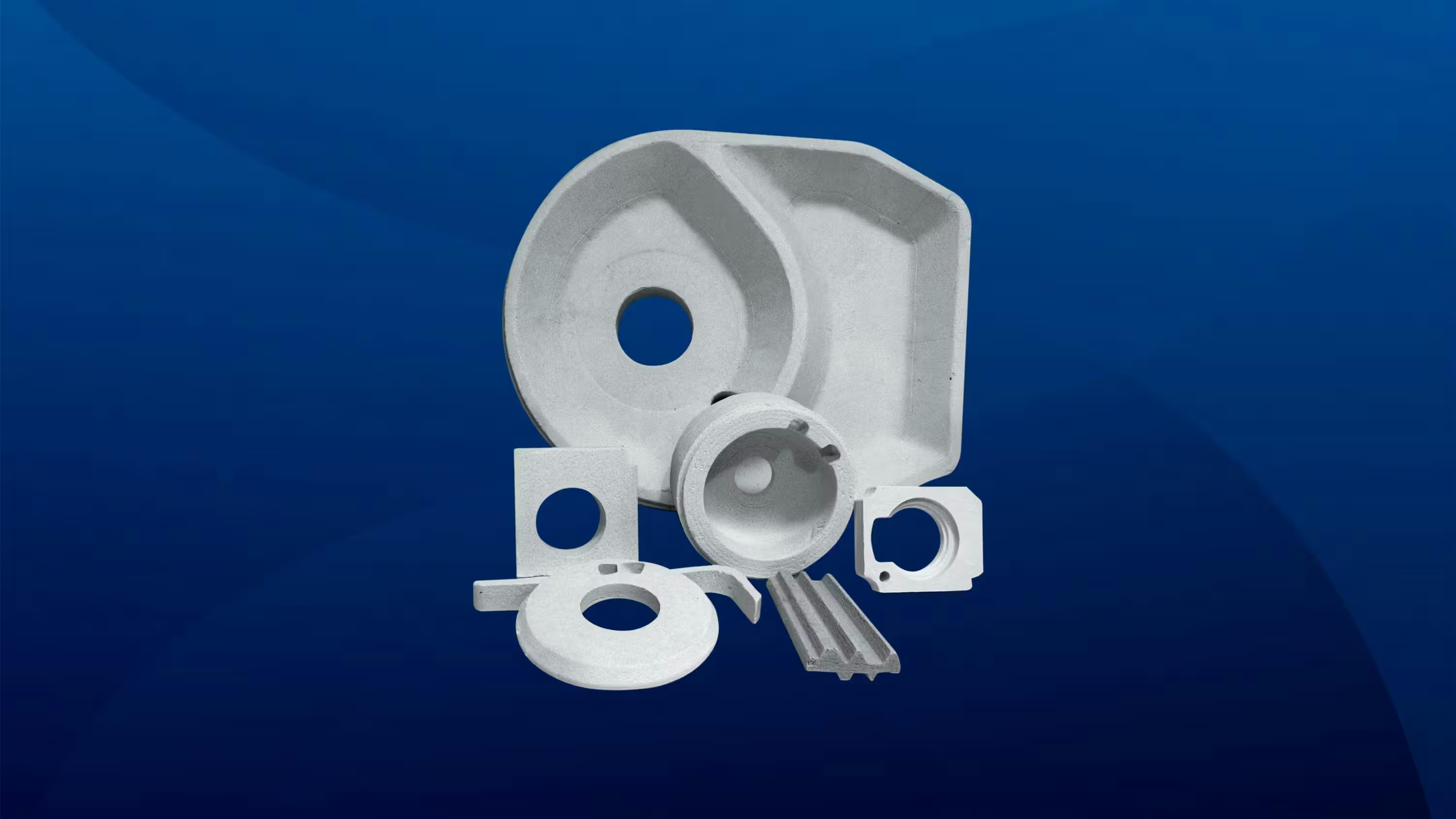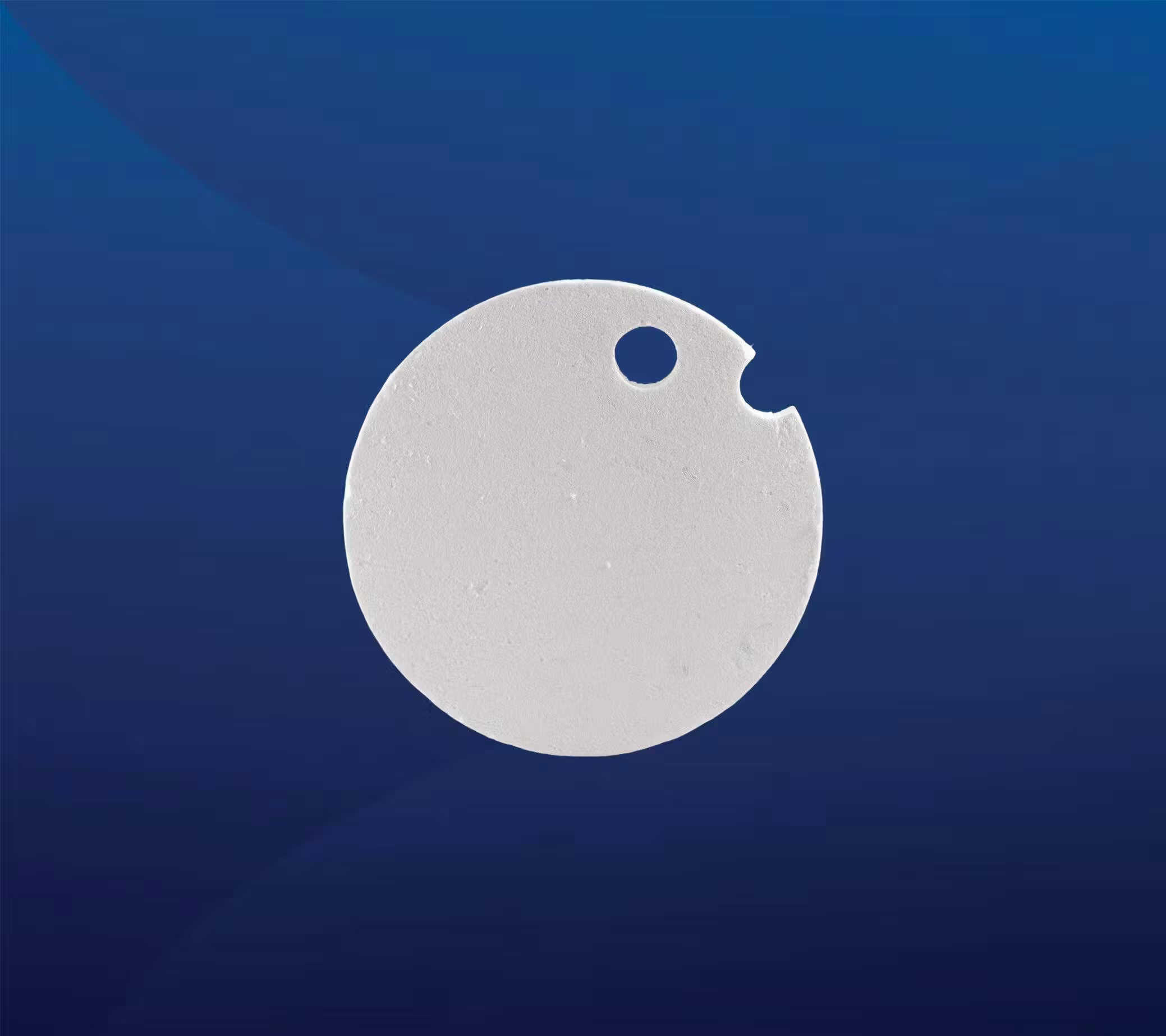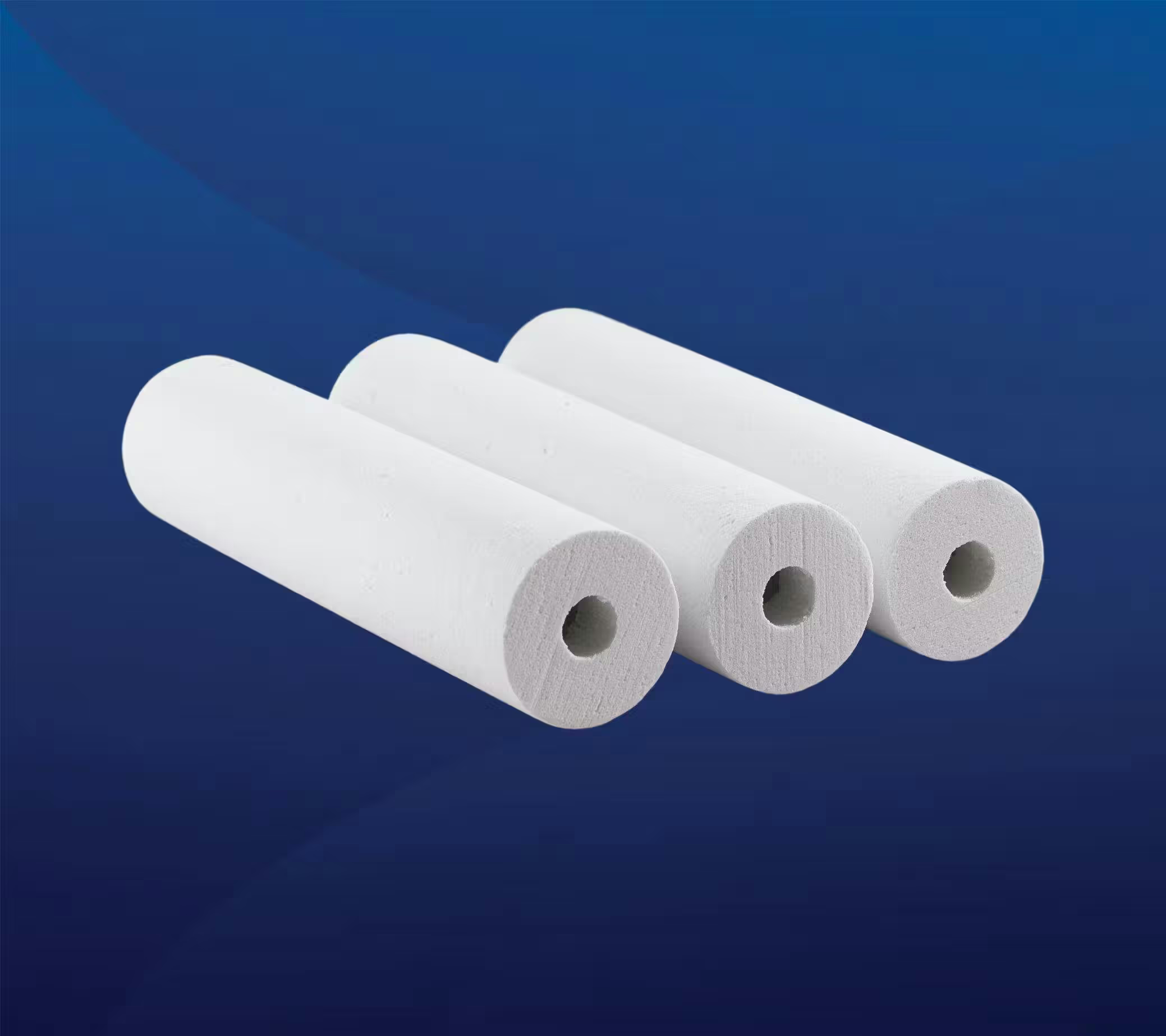
English (Global)
Article
Insulation Fiber Vacuum-Formed Shapes
Insulation fiber vacuum-formed shapes are an excellent choice for various applications thanks to their versatility.
By Christian Tavira
Manager of Application Engineering & Technical Support – NUTEC
Modern industry faces various challenges, one of which is the control of high temperatures in multiple processes. In this instance, thermal insulation guarantees the safety, efficiency, and quality of equipment and systems.
According to a study by the American Society of Mechanical Engineers, thermal insulation can help improve the efficiency of industrial processes by up to 15%.
In this article, we will explore vacuum-formed shapes made from insulating fiber. These shapes offer excellent thermal properties and versatility, making them ideal for various industrial applications.
We will explore their characteristics and manufacturing process, highlighting the options offered by NUTEC, a leader in the industrial thermal insulation sector.
What Do We Mean by Vacuum-Formed Shapes?
Vacuum-formed shapes are custom-made products developed using a wet forming process involving multiple fibers and binders to create a product which is then dried and finished to the desired tolerances. These shapes are designed and manufactured for the specific needs of various industrial sectors.
Vacuum-formed products can be made with organic or inorganic (smokeless) formulations to meet product requirements. Also, they are available with particular densities upon request, and in various shape configurations.

Applications of Vacuum-Formed Shapes
This line of products is versatile and can be used in various industries, including energy, automotive, oil & gas, and many others. They are ideal for high-temperature applications, such as industrial furnaces, boilers, and combustion chambers. They are also used in acoustic insulation applications and as fire barriers in industrial structures.

What are the Benefits of Vacuum-Formed Shapes?
These products offer many specific benefits due to their chemical and geometric properties. Mentioned below are some of the key benefits.
- High thermal resistance. They offer excellent thermal insulation capacity, resisting extreme temperatures and minimizing heat loss in industrial equipment.
- Low thermal conductivity. Due to their fibrous structure and low thermal conductivity, these products minimize heat transfer, ensuring greater energy efficiency.
- Resistance to thermal shock. They are highly resistant to sudden changes in temperature, which prevents damage to equipment and guarantees a longer useful life.
- Versatility. They can be tailor-made to specific shapes and dimensions, making them suitable for various industrial applications.
- Lightness and ease of installation. Despite their strength and thermal performance, these components are lightweight and easy to handle and install, simplifying the assembly process.
Vacuum-Formed Shapes – Engineering Process
The manufacturing process of vacuum-formed shapes involves a series of stages, which we will address below.
- Customer concept. The process begins with the customer's vision, who may have a sketch, 3D model, or drawing of the desired shape. The concept should comprise the desired shape, size, materials, and technical characteristics.
- Reception of the concept (study). The supplier of vacuum-formed shapes receives the customer's concept and studies it. The supplier must have extensive knowledge to properly analyze the technical requirements, evaluate the project's feasibility, and determine the best way to carry it out.
- Support. Once the supplier has studied the concept, they will work with the customer to develop a final configuration that meets all technical requirements. This may involve making suggestions, modifications, or recommendations to optimize manufacturing. The supplier and the customer will communicate actively throughout the design process to ensure they are aligned on the requirements and expectations.
- Advice. Advice is provided to the client in terms of materials, manufacturing techniques, and possible improvements. The objective is to take advantage of experience and knowledge to guarantee the quality and optimal performance of the final product.
- Manufacturing engineering. Manufacturing engineering is a critical step in the production of vacuum-formed shapes. It involves designing and manufacturing tooling and drying trays that ensure the precision of the final product. This includes the use of specialized parametric modeling software and state-of-the-art manufacturing equipment.

At NUTEC, we are committed to understanding your needs to provide the best product for your business. For help and advice, contact us anytime.
NUTEC’s Main Vacuum-Shaped Products
Refractory Ceramic Fiber
MaxForm LD 2300. This low-density product is manufactured to tight dimensional tolerances and an excellent surface finish, designed to offer excellent high temperature thermal insulation capabilities at temperatures up to 2300°F (1260°C). Considered for appliance and equipment applications where aesthetics, uniformity, and performance are important
MaxForm ILD 2300. This product comprises an inorganic formulation, so it can be used in applications where no off gassing or related odors are acceptable, such as home appliances, lab furnaces, and similar equipment. Offers excellent thermal insulation capabilities at temperatures up to 2300°F (1260°C).
MaxForm HD 2300. These shapes are high-density products that offer the same tight dimensional tolerances and excellent surface finish as the MaxForm LD products, but provide increased compressive strength and modulus of rupture. Provides high thermal insulation capacity at temperatures up to 2300°F (1260°C)
MaxForm LD 2600. This insulating shape is manufactured to tighter dimensional tolerances and an excellent surface finish. It provides high thermal insulation capabilities up to 2600°F (1427°C), making it ideal for appliance and equipment applications where aesthetics, uniformity, and performance are essential.
MaxForm HD 2600. These insulating shapes are high-density products that offer the same tight dimensional tolerances and excellent surface finish as the MaxForm LD, but provide increased compressive strength and modulus of rupture.
MaxForm LD 3000. This product has the highest temperature rating of any NUTEC vacuum-formed shape. It is formulated from a ceramic and mullite fiber blend, creating an excellent high-temperature insulation form with low thermal shrinkage and excellent high-temperature stability.

Ceramic fiber is essential in various industries that handle extreme heat temperatures. To learn more, check out our article "Ceramic Fiber: High Temperature Insulation Solution."
Low Biopersistence Fiber
SuperMag LD 1900. These shapes are manufactured from alkaline earth silicate wool (AESW) blended with specially selected inorganic and organic binders to provide rigid forms with exceptional characteristics.
SuperMag LD 2300. This shape is manufactured from alkaline earth silicate wool (AESW) blended with specially selected inorganic and organic binders and a specific mix of materials that gives it heat resistance and special thermal properties, as well as providing rigid forms with exceptional characteristics. It has a thermal insulation capacity at higher temperatures, reaching up to 2300°F (1260°C).

Learn more about NUTEC’s insulation fiber vacuum-formed shapes form factors here.
Unique Shapes for Particular Requirements
Vacuum-formed shapes are an excellent solution for thermal insulation in various industrial applications. Their customization capacity, resistance to high temperatures, low thermal conductivity, and lightness make them an ideal option for optimizing the performance and efficiency of both equipment and facilities.
At NUTEC, we are committed to meeting our customers' specific needs and providing advanced thermal insulation solutions.
Discover how our insulating fiber vacuum-formed shapes can improve the efficiency and quality of your equipment and industrial facilities. Contact us for more information.
Want to know more?
At NUTEC, we are committed to providing you with valuable content that helps you make informed decisions for your business. Thank you for taking the time to read this entry and we hope it provided you with insights that you can apply to your operations.
If you have any questions or would like to learn more about our products, please don’t hesitate to contact us.
To get in touch, simply fill out the form, and one of our experts will get back to you as soon as possible.
© NUTEC Incorporated 2025



